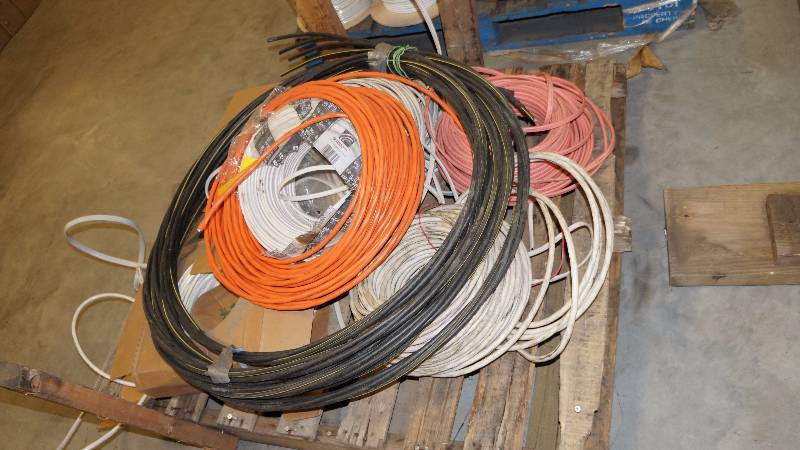
There is another layer of plastic XLPE sheathing for more protection. It may consist of 2 or more than 2 insulated conductors with an insulated or bare ground conductor. The non-metallic or NM sheathed wires are used for in-house wiring. It is usually black insulted THHN cables with rating of 25% more than maximum load current Non-Metallic Sheathed Wires: The panel feed wires supply power to the main distribution junction box. The cables used for this purpose are 600v THHN, solid or stranded with the rating of 25% more than the maximum required load. The main feeder cables & wires supply the power from the service weatherhead to the building. The insulation used on these cables is XLPE that protects these conductors from moisture, heat etc. The phase conductor is an AAC cable while the neutral conductor is available in AAC/AAAC/ACSR. It is used for supplying a 3 phase power supply from the utility pole to the building. It has 4 conductors three of them are insulated conductors for phase lines and a bare conductor for neutral line. Quadruplex Cable: The Quadruplex service drop cable is a quad or four core conductors. It has two insulated conductors for phase line and a bare conductor for neutral line. Triplex Cable: The Triplex service drop cable is a three core conductor. It is used for supplying a single phase power to the building. it has two conductors an insulated conductor for phase line and a bare conductor for neutral line. The service drop cable can be of many types given below:ĭuplex Cable: The duplex service drop cable is a two core conductor i.e. The service drop cable is an overhead electrical line from the pole to the service weatherhead of a house. It is the cable between the utility pole and the consumer’s premises or building. The residential wiring from the utility pole to the appliances or devices inside the home is divided into mainly five types. Related Post: Types of Electrical Drawing and Diagrams Residential Wiring Cables N: Nylon-coated for resistance to oil and gasoline.X: Insulation made of a synthetic polymer that is flame-retardant.W: “Wet,” or approved for damp and wet locations this wire is also suitable for dry locations.HH: Highly heat-resistant able to withstand temperatures up to 194 F.H: Heat-resistant able to withstand temperatures up to 167 F.

T: Thermoplastic insulation, a fire-resistant material.The meaning of each letter used in the labels above is given below: Here are some of the common labels written on wires.


The most important label of them is about the insulation or the plastic coating around the conducting wires.


 0 kommentar(er)
0 kommentar(er)
